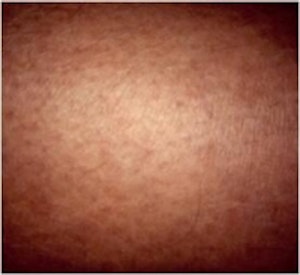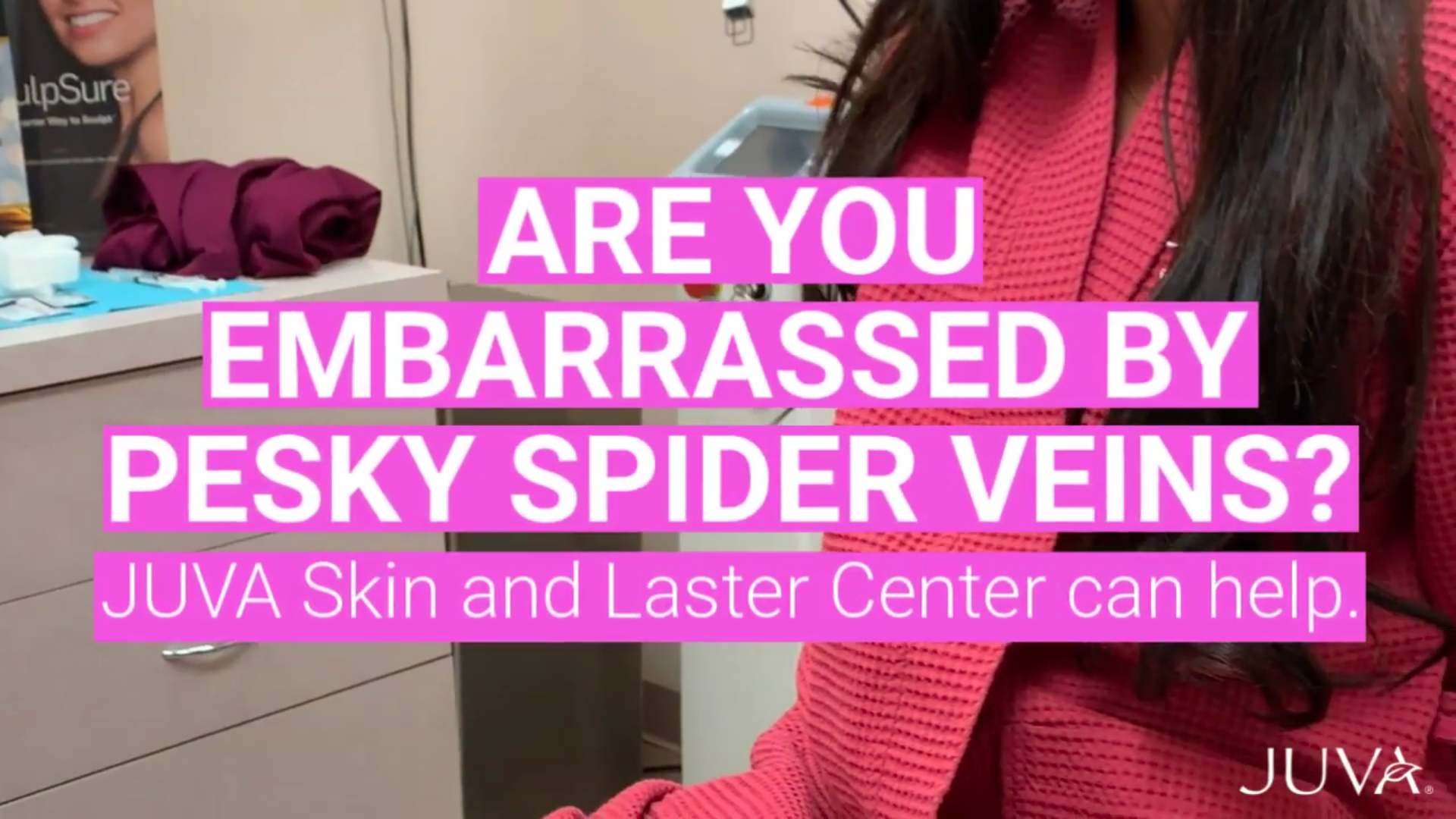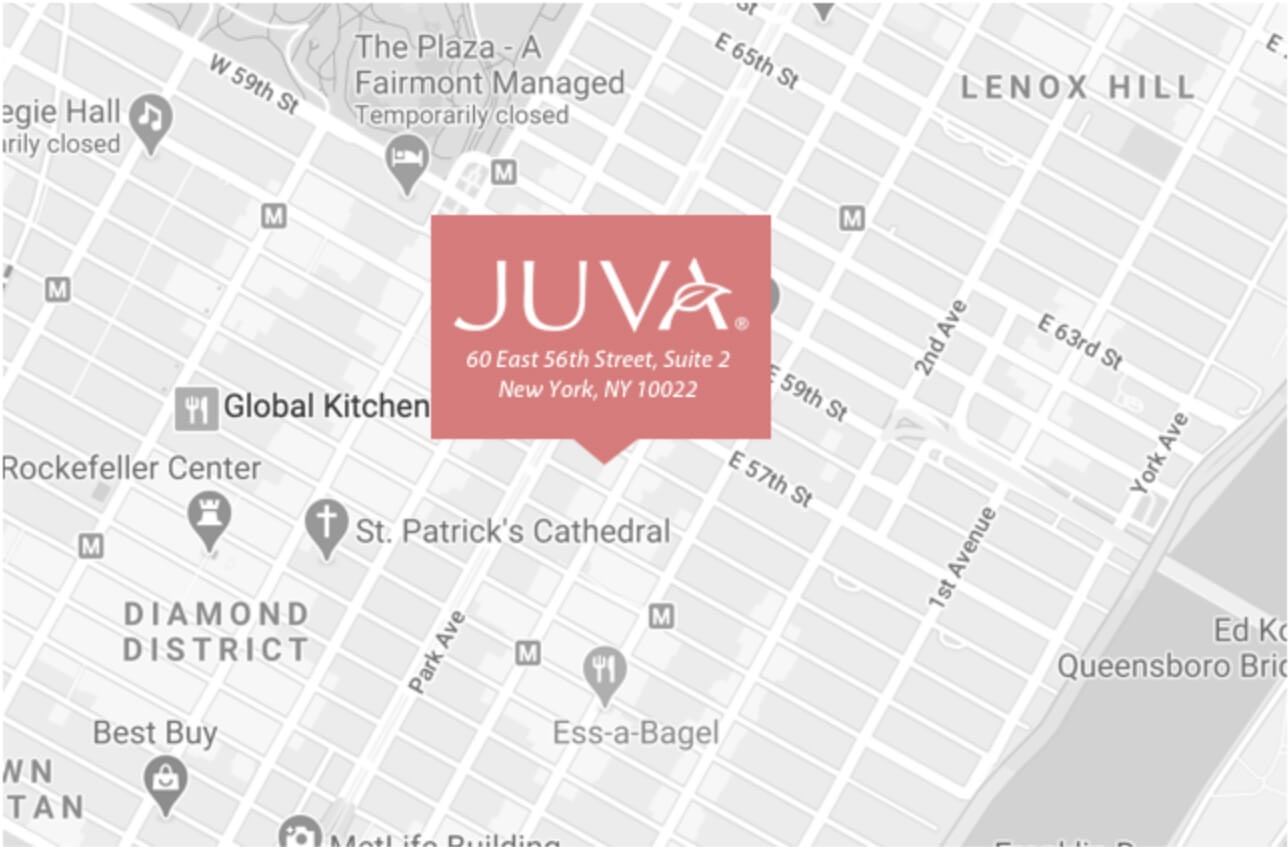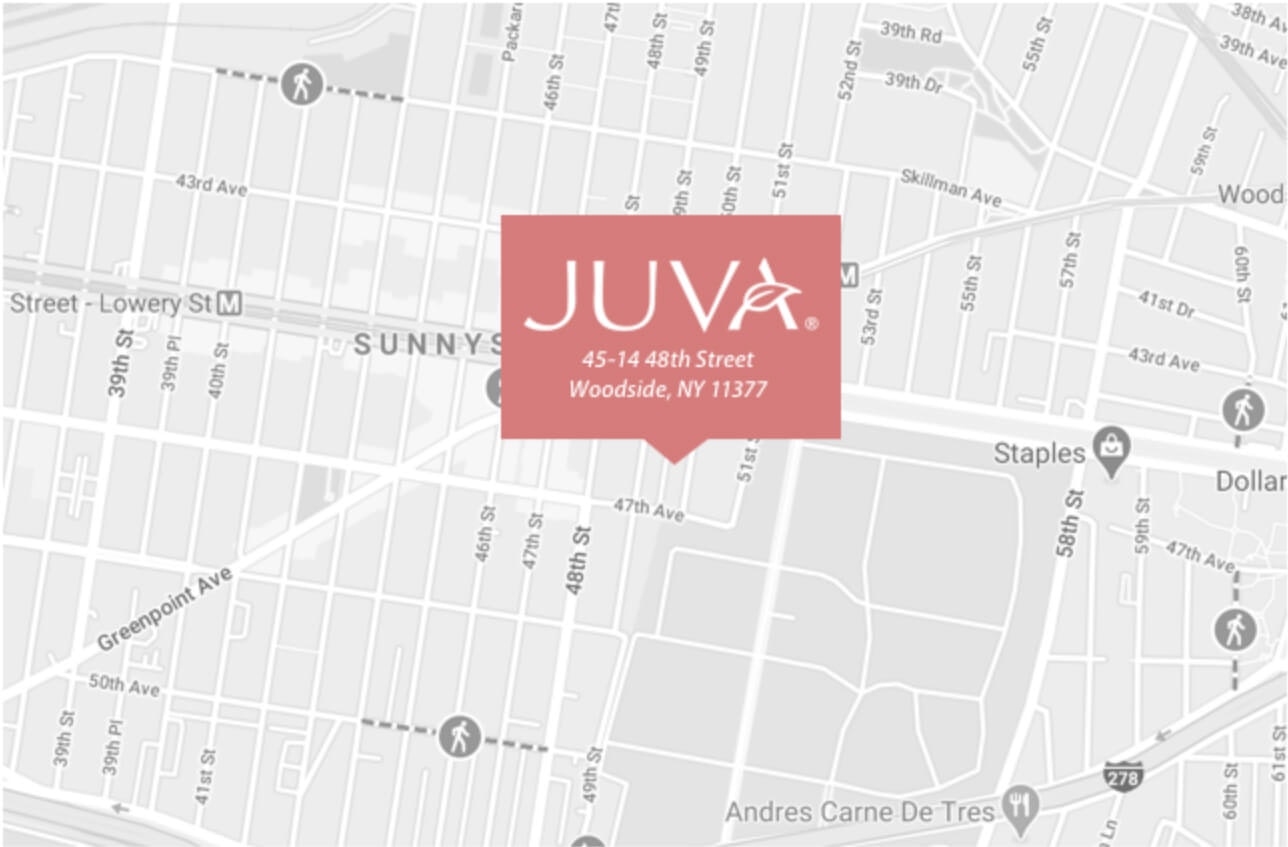Spider Veins
Also known as telangiectasias, spider veins are a common, milder variation of varicose veins. Spider veins occur when widened blood vessels cause thin lines and web-like patterns to appear on the skin. They can be red, purple, or blue in color and can appear on any part of the body. People commonly develop spider veins on their face and legs as they age. Veins lose elasticity over time, making it difficult for them to function effectively and prone to coagulation.
Heredity
Vein health is a trait that can be passed down through your family tree. If a relative of yours is prone to developing visible veins, you may be prone to them as well.
Gender
While anyone can develop visible veins, women suffer from them more than men. According to the American Society for Dermatologic Surgery, up to 80 percent of women experience some form of varicose vein condition, including spider veins, by age 80.
Pregnancy
Many women experience visible veins due to hormonal changes and increased blood volume during pregnancy. These veins often fade after delivery, but some women may require treatment to get rid of them.
Weight
Obesity is linked to increased venous pressure and a potential lack of physical activity. Both of these factors can cause visible veins to develop.
Daily Activity
If you have a sedentary job or find yourself sitting or standing for most of the day, you may be more prone to developing spider and varicose veins. These activities can impede your normal blood flow, which can lead to venous issues.
Prior Trauma or Surgery
Any event that causes vascular damage can potentially elevate your risk of developing visible veins.
Though certain characteristics and lifestyle factors can make you more susceptible to developing visible veins, anyone can be affected by them. We help many men and women treat the unwanted appearance of spider veins.












